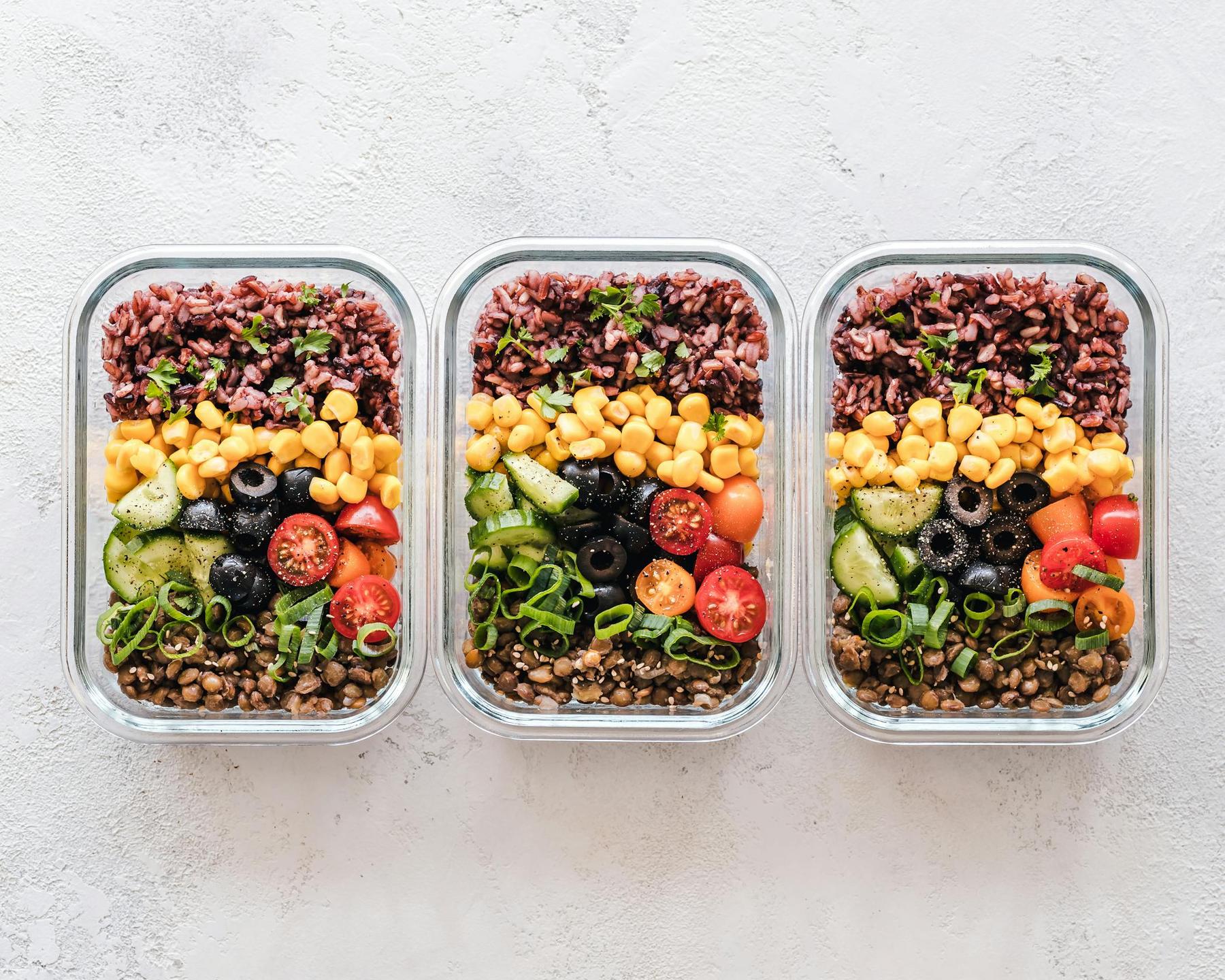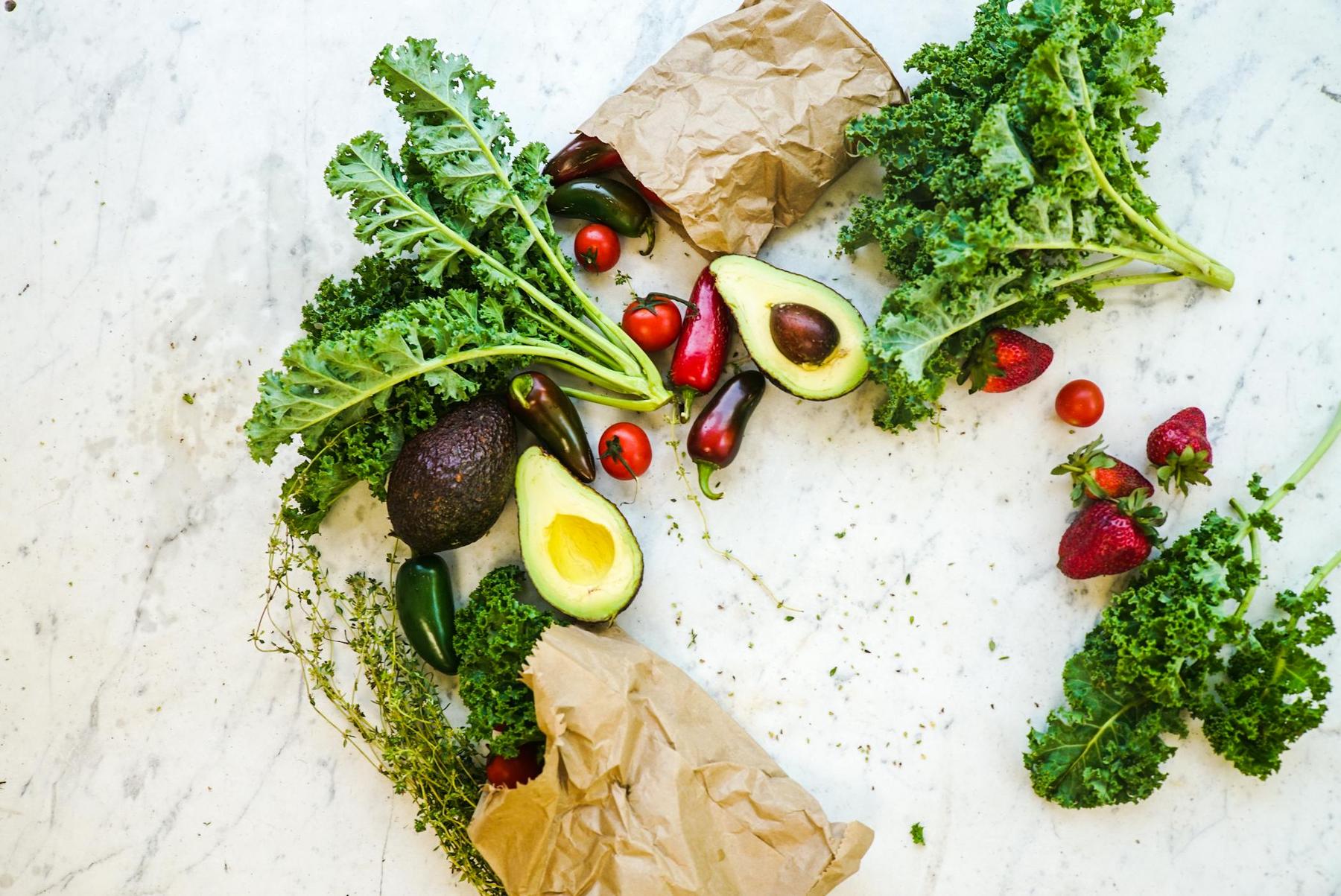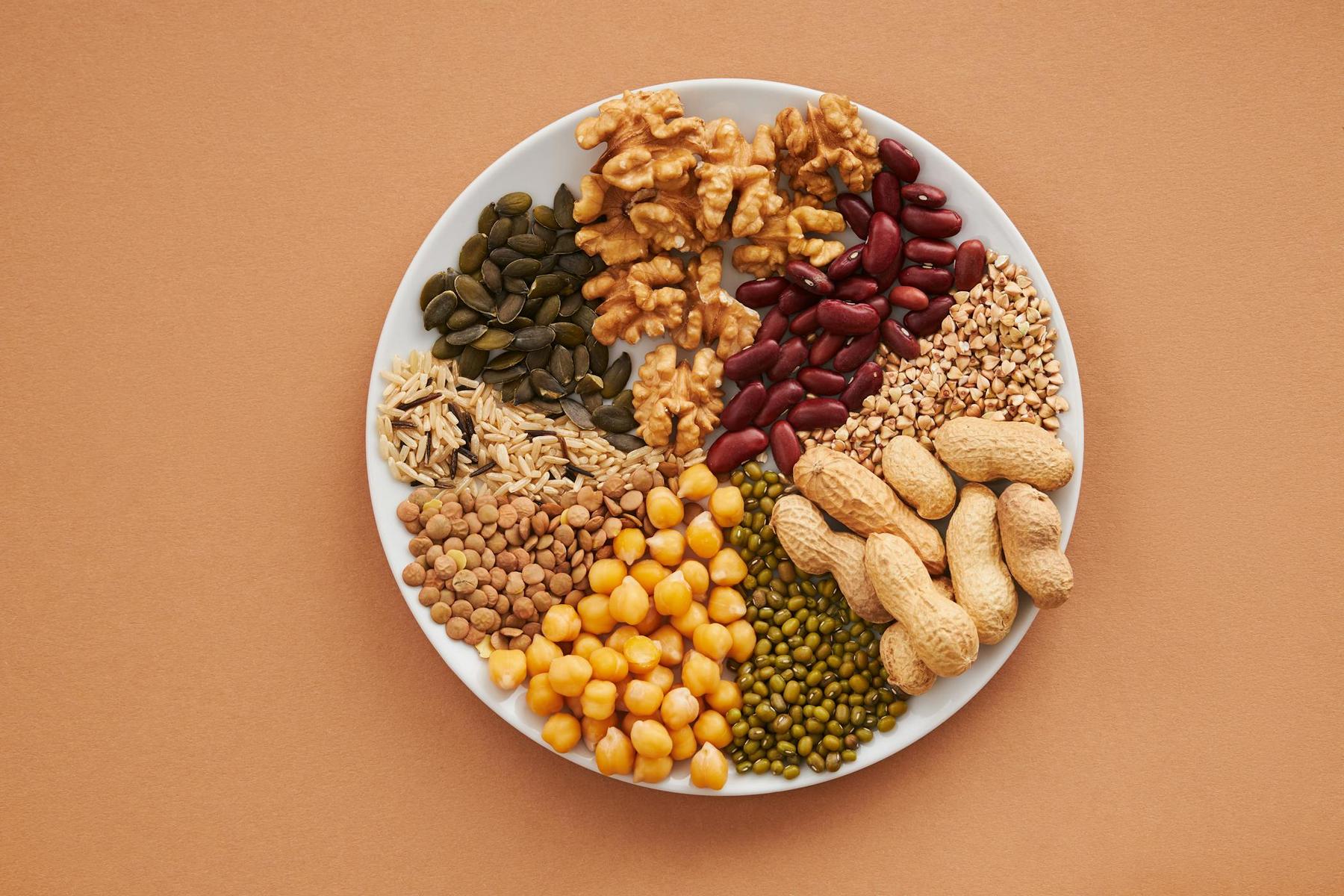In a landscape where 80% of weight loss efforts fail within five years, the search for sustainable approaches has led researchers to focus on dietary composition rather than mere calorie restriction. Emerging evidence positions protein as the cornerstone macronutrient for long-term weight management success. Beyond simplistic “eat more protein” advice, understanding the physiological mechanisms, clinical outcomes, and practical applications can transform weight loss trajectories for those seeking lasting results.
How Does Protein Drive Appetite Control and Enhance Satiety?
Protein exerts powerful effects on our hunger regulation systems through multiple pathways. Research demonstrates that protein-rich meals reduce ghrelin (the primary hunger hormone) by 22-34% compared to equivalent calories from carbohydrates or fats. Simultaneously, protein triggers significant increases in satiety hormones like cholecystokinin (CCK) and glucagon-like peptide-1 (GLP-1), which collectively slow gastric emptying and prolong feelings of fullness.
This biochemical advantage translates to measurable behavioral changes. In controlled trials, participants consuming 30% of calories from protein spontaneously reduced their daily energy intake by 441 kcal without conscious restriction. When subjects consumed high-protein breakfasts (containing 40g protein), their afternoon snack consumption decreased by 32% compared to low-protein morning meals.
The mechanism behind this appetite suppression involves hepatic detection of circulating amino acids, which signals the hypothalamus to downregulate hunger-stimulating neuropeptides. Branched-chain amino acids (BCAAs), particularly leucine, amplify this effect by activating the mTOR pathway, creating a potent biochemical feedback loop that naturally modulates meal frequency and portion sizes.
Why Does Protein Increase Metabolic Rate During Weight Loss?
Protein requires significantly more energy to digest, absorb, and process than other macronutrients – a phenomenon known as the thermic effect of food (TEF). While carbohydrates expend only 5-10% of their calories during digestion and fats a mere 0-3%, protein’s thermic effect ranges from 20-30% of consumed calories.
This metabolic advantage stems from energy-intensive processes including peptide bond hydrolysis, amino acid transamination, and urea synthesis. In practical terms, a 24-week intervention revealed that high-protein diets (1.6g/kg/day) increased resting energy expenditure by 142 kcal/day compared to standard protein intakes – equivalent to walking an additional 2km daily without any extra activity.
More importantly, protein helps maintain metabolic rate during caloric restriction. Traditional low-calorie diets often trigger adaptive thermogenesis, where the body conserves energy by reducing metabolism. Higher protein intakes mitigate this effect by preserving metabolically active tissue, preventing the metabolic slowdown that typically sabotages long-term weight management.
How Does Protein Optimize Body Composition During Weight Loss?
The distinction between weight loss and fat loss is crucial for sustainable results. Meta-analyses involving over 1,000 participants demonstrate that higher protein intakes (≥1.25g/kg/day) resulted in 3.3kg more fat mass loss while simultaneously gaining 0.6kg of lean mass compared to lower protein approaches.
| Comparison of Body Composition Changes | ||
|---|---|---|
| Metric | High Protein Diet | Standard Protein Diet |
| Fat-to-lean tissue loss ratio | 5.5:1 | 2.3:1 |
| Waist circumference reduction | 4.2cm greater | Baseline |
| Muscle mass preservation | 58% less FFM loss | Baseline |
| Metabolic impact | +13 kcal/day per kg muscle | N/A |
This favorable body composition shift occurs through protein’s nitrogen content, which enables positive nitrogen balance even during energy restriction. The anabolic environment is mediated by increased mTOR signaling and reduced myostatin expression, jointly promoting muscle protein synthesis despite the caloric deficit.
Preserving lean mass during weight loss has compounding benefits. Each kilogram of maintained muscle sustains approximately 13 kcal/day in basal metabolic rate – creating a virtuous cycle where higher metabolism facilitates continued fat loss and weight maintenance.
What Protein Intake Target Supports Sustainable Weight Loss?
Clinical evidence suggests specific protein targets that optimize weight loss outcomes while remaining practically achievable. The following evidence-based ranges account for individual factors including activity level, age, and metabolic health:
- General population: 1.2-1.6g of protein per kilogram of body weight daily
- Athletes and elderly individuals: 1.6-2.4g/kg/day
- Post-bariatric surgery patients: Minimum 60g/day
Distribution matters as much as total quantity. Consuming 25-30g of protein per meal optimizes muscle protein synthesis, with 4-5 evenly spaced protein servings throughout the day proving superior to the same amount consumed in fewer, larger portions. This approach maintains a consistent anabolic signal that supports metabolic health during caloric restriction.
The Diogenes study, which tracked participants over multiple years, found that those consuming 18% of calories from protein regained 50% less weight during the maintenance phase compared to those consuming 15% protein. Moreover, the composition of regained tissue differed dramatically – with higher protein intake, any regained weight was 73% lean tissue versus 89% fat in low-protein approaches.
How Can You Integrate Higher Protein Into A Sustainable Eating Pattern?
Implementing higher protein intakes requires strategic approaches that balance nutritional needs with environmental considerations. Research shows that transitioning from 70% to 50% animal protein reduces greenhouse gas emissions by 30% and land use by 35%, while still meeting amino acid requirements for optimal body composition.
Resistance training significantly amplifies protein’s effects on body composition. A 16-week program combining 1.6g/kg/day protein intake with thrice-weekly resistance exercise increased lean mass by 1.2kg despite a 500 kcal/day deficit – impossible with either intervention alone. Additionally, higher protein intake enhances fat oxidation during aerobic exercise, with studies showing a 22% increase in lipid utilization during steady-state cardio sessions.
Practical strategies for increasing protein include:
- Prioritizing protein at breakfast (when intake is typically lowest)
- Incorporating complete protein sources at each meal
- Using pre-portioned protein options for convenience
- Consideringcasein protein before sleepto attenuate overnight muscle breakdown
Conclusion: Protein as the Foundation for Sustainable Weight Management
Protein’s multimodal actions—from hormonal modulation to thermogenic advantage and body composition optimization—establish it as the cornerstone macronutrient for sustainable weight management. Rather than viewing protein merely as a muscle-building nutrient, contemporary evidence positions it as the central regulator of energy homeostasis during weight loss.
The science is clear: protein’s effects on satiety, metabolism, and body composition collectively address the physiological adaptations that typically undermine long-term weight management. By focusing on adequate protein intake distributed appropriately throughout the day, individuals can create the metabolic environment that facilitates fat loss while preserving the metabolically active tissue essential for maintaining results.
Is plant or animal protein equally effective for weight loss?
Both animal and plant proteins support weight loss, though they differ in amino acid composition. Animal proteins provide complete essential amino acid profiles and typically higher leucine content, which enhances satiety and muscle protein synthesis. Plant proteins may require combining complementary sources (such as legumes with grains) to achieve optimal amino acid ratios. From an environmental perspective, mixed approaches that include both sources may offer the best balance of nutritional adequacy and sustainability.
Does protein prevent weight regain after initial weight loss?
Yes, higher protein intakes significantly improve weight maintenance. The Diogenes study demonstrated that participants consuming higher protein (18% of calories) regained 50% less weight over 6 months compared to lower protein intake (15% of calories). Moreover, the composition of any regained weight was more favorable with higher protein – 73% lean tissue versus predominantly fat tissue in the low-protein group. This suggests that protein’s effects extend beyond initial weight loss into long-term maintenance.
Can increasing protein intake support metabolism during calorie restriction?
Research confirms that a higher protein intake preserves metabolic rate during caloric deficit. A 24-week intervention found that high-protein diets increased resting energy expenditure by 142 kcal/day compared to standard protein diets, counteracting the metabolic slowdown typically observed during weight loss. This is achieved through both the higher thermic effect of protein digestion and the preservation of metabolically active lean tissue.
How does combining protein with exercise enhance weight loss outcomes?
Resistance training creates a synergistic effect with higher protein intake. Studies show that combining 1.6g/kg/day protein with thrice-weekly resistance exercise resulted in 58% less loss of fat-free mass during caloric restriction compared to either intervention alone. Additionally, protein enhances fat oxidation during aerobic exercise, with high-protein diets increasing lipid utilization during cardio by approximately 22%, thereby optimizing body composition changes and supporting long-term metabolic health.



